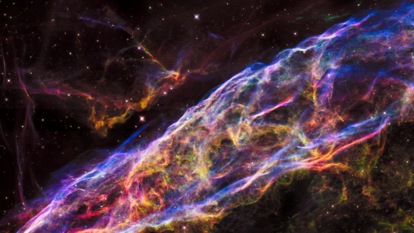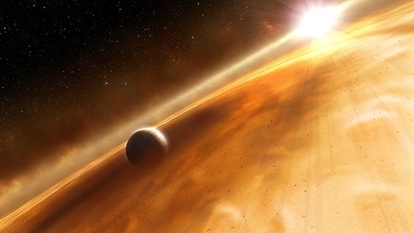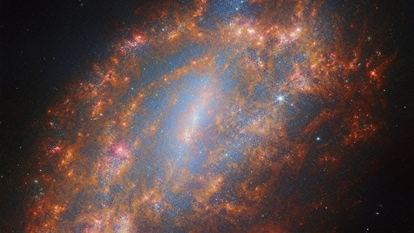81-foot asteroid to come as close as 2.2 mn km today, reveals NASA
An Apollo-group asteroid is predicted to pass Earth by a close margin today, November 17, NASA has revealed. Know details such as its size, distance, speed and more.

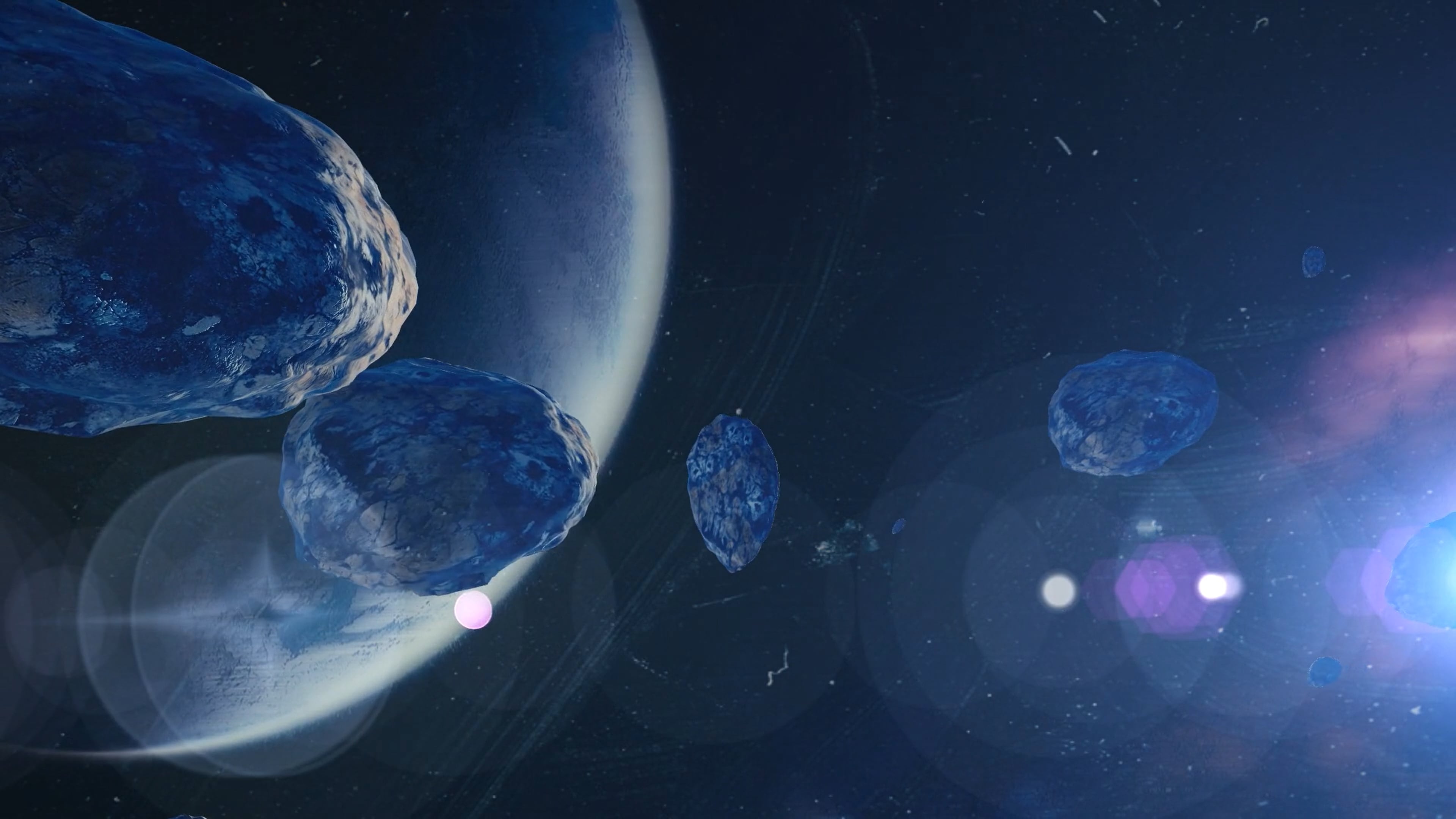
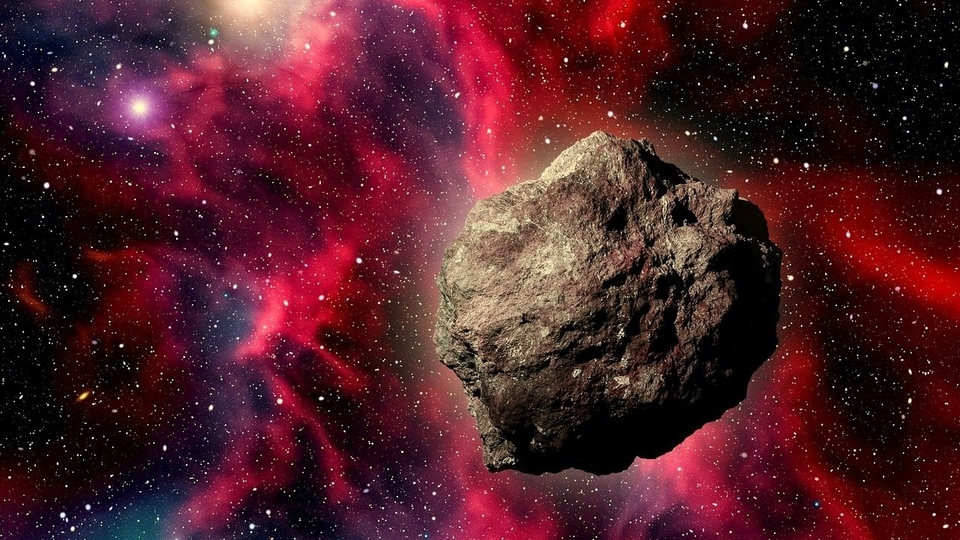
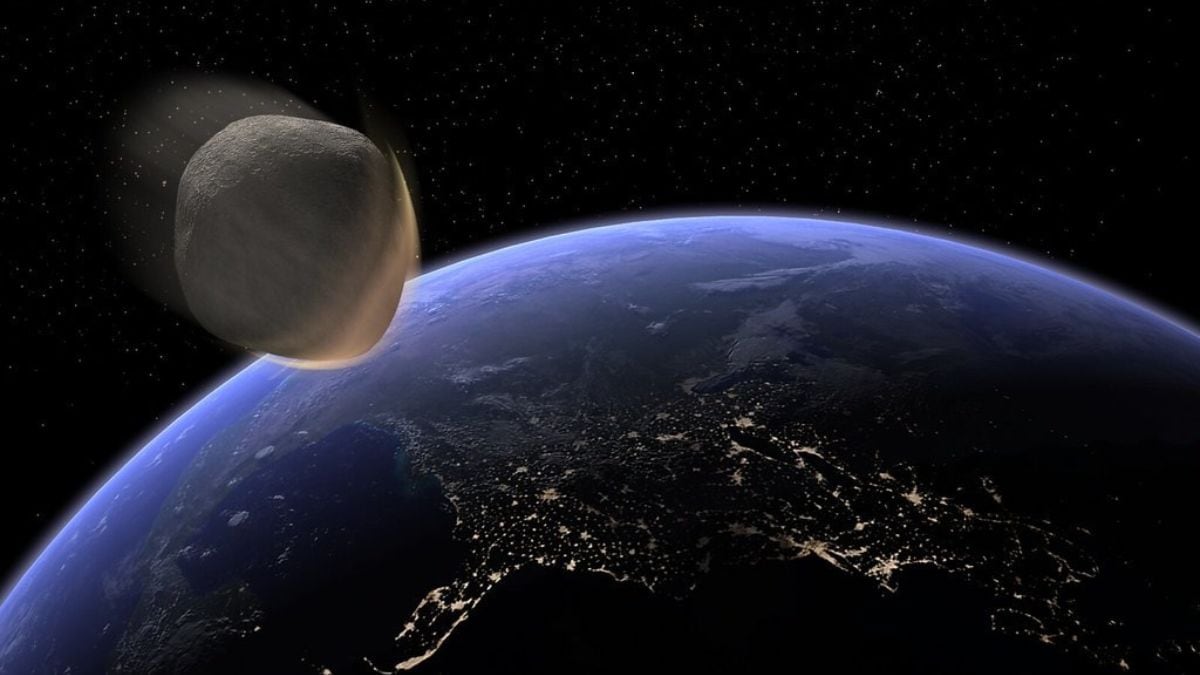
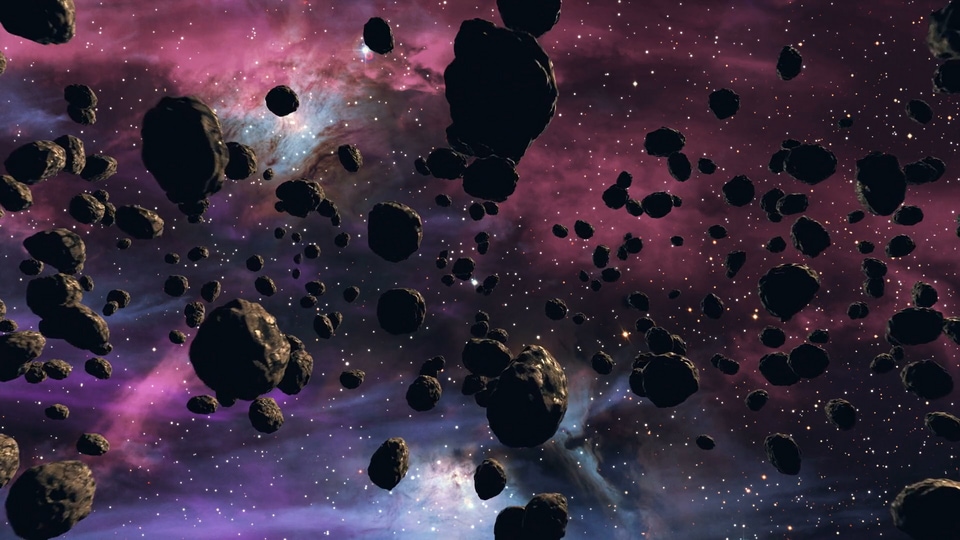
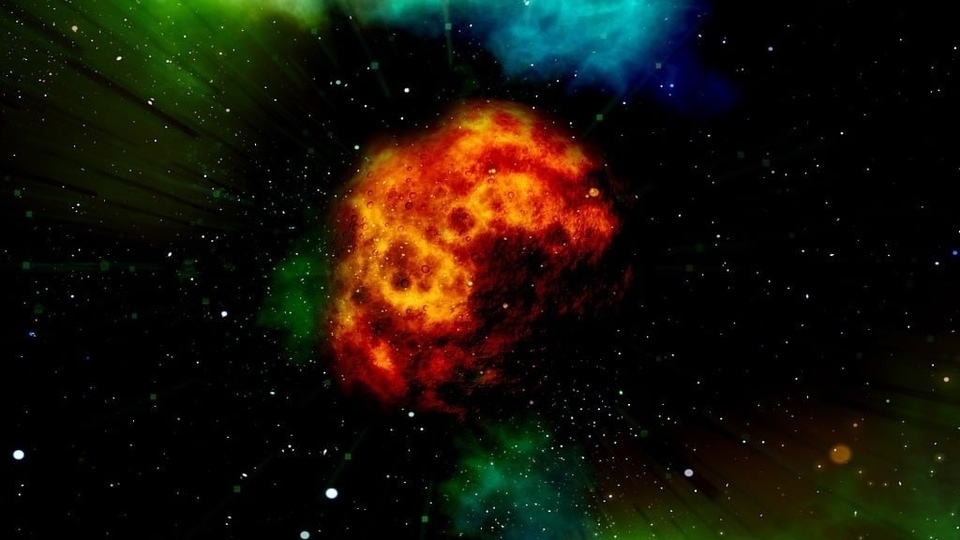
 View all Images
View all ImagesNASA defines asteroids as ancient space rocks left over from the early formation of our solar system about 4.6 billion years ago. Now, the space agency has alerted that one of them is expected to pass Earth today, November 17. The asteroid, given the designation Asteroid 2023 VG5, is predicted to pass the planet at a distance of 2.2 million kilometers. It was discovered by NASA's Defense Coordination Office (PDCO), which is responsible for monitoring the skies and keeping a watch on various Near-Earth Objects (NEOs). Know all about this close encounter with Asteroid 2023 VG5.
Asteroid 2023 VG5: Details of close approach
According to NASA, the asteroid is travelling in its orbit at a breakneck speed of 83832 kilometers per hour, which is much faster than a space shuttle! It belongs to the Apollo group of Near-Earth Asteroids, which are Earth-crossing space rocks with semi-major axes larger than Earth's. These asteroids are named after the humongous 1862 Apollo asteroid, discovered by German astronomer Karl Reinmuth in the 1930s.
Despite its close approach, Asteroid 2023 VG5 does not pose any potential threat to the planet due to its relatively small size and hasn't been classified as a Potentially Dangerous Asteroid. With a width of around 81 feet, the space rock is as big as an aircraft.
What's more astonishing is that this is the first time that this asteroid will come close to Earth. After today, the next time this asteroid will make its closest approach to Earth will be on June 5, 2072, when it will fly past the planet at a distance of 13 million kilometers.
How does NASA track an asteroid?
When NASA's telescopes track a new Near-Earth Asteroid (NEA), astronomers measure the asteroid's observed positions in the sky and report them to the Minor Planet Center. The Center for Near-Earth Object Studies (CNEOS) then uses that data to determine the asteroid's most likely orbit around the Sun, according to NASA.
To assess whether an impact is possible and narrow down where the true orbit may be, NASA's new Sentry II then uses a new algorithm and selects random points throughout the entire uncertainty region. This allows Sentry-II to zero in on more very low probability impact scenarios.
Catch all the Latest Tech News, Mobile News, Laptop News, Gaming news, Wearables News , How To News, also keep up with us on Whatsapp channel,Twitter, Facebook, Google News, and Instagram. For our latest videos, subscribe to our YouTube channel.








